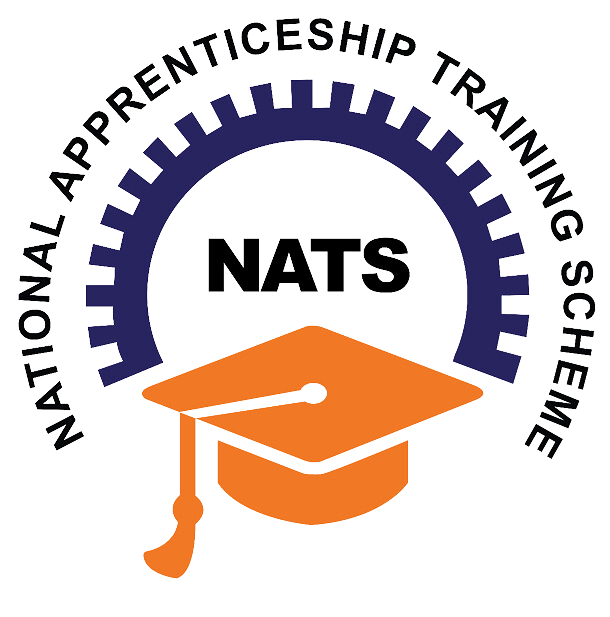Beyond Numbers: The Art of Measuring the Impact of Skill Education
Introduction
Skill education is more than just imparting knowledge; it’s about transforming lives, empowering individuals, and driving socio-economic progress. But how do we measure the true impact of skill education beyond mere certificates and qualifications?
In this blog post, we embark on a journey to unravel the complexities of measuring the impact of skill education and discover the stories behind the statistics.
- The Human Element
At the heart of every skill education program lies the human element – the learners whose lives are forever changed by the knowledge and skills they acquire. Beyond conventional metrics, the impact of skill education can be felt in the stories of individuals who overcome obstacles, pursue their passions, and achieve their dreams.
- Tracking Transformation
Measuring the impact of skill education requires a nuanced approach that goes beyond simplistic indicators like employment rates or income levels. It involves tracking the holistic transformation of individuals – their confidence, resilience, adaptability, and sense of empowerment in navigating life’s challenges.
- Beyond Employment
While employment outcomes are important, they only tell part of the story. Skill education equips individuals with the tools to innovate, create, and contribute meaningfully to society. From budding entrepreneurs to community leaders, the impact of skill education extends far beyond the confines of the workplace.
- Harnessing Data for Insight
Data is a powerful tool for measuring impact, but it must be used wisely. By harnessing the wealth of data available – from learner assessments to alumni surveys – educators and policymakers can gain valuable insights into the effectiveness of skill education programs and identify areas for improvement.
- Empowering Communities
The impact of skill education ripples outward, transforming not only individual lives but entire communities. Whether through grassroots initiatives, vocational training centers, or industry partnerships, skill education has the power to uplift communities, break the cycle of poverty, and foster sustainable development.
- Celebrating Success Stories
Behind every statistic lies a success story waiting to be told. From the aspiring chef who opens their own restaurant to the rural artisan whose craft sustains their village, these stories remind us of the transformative power of skill education and inspire us to continue our quest for excellence.

Conclusion
Measuring the impact of skill education is as much an art as it is a science – a delicate balance of data and human stories, of numbers and narratives. As we strive to quantify the value of skill education, let us not forget the faces behind the figures, the dreams that drive us, and the countless lives that are touched and transformed along the way. For in the end, it is these stories of hope, resilience, and triumph that truly define the impact of skill education on individuals, communities, and societies as a whole.






